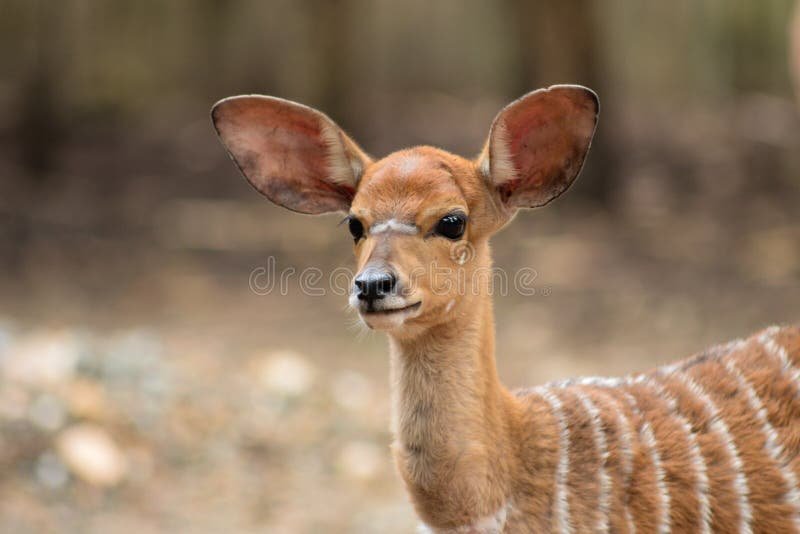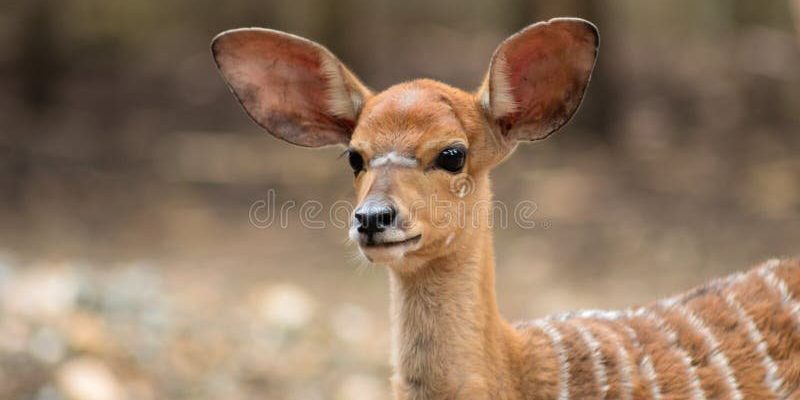
So, is the nyala endangered? That’s a question worth exploring. Just like a chef experimenting with a new recipe, understanding the nyala’s status involves mixing facts about its habitat, threats, and conservation efforts. In this article, we’ll dive into the current state of the nyala and what it means for global wildlife conservation.
The Nyala: A Quick Overview
Before we dig into conservation issues, let’s get familiar with the nyala itself. Think of the nyala as a shy yet charming character in the African wilderness. These antelopes are known for their distinctive features. Males can weigh up to 120 kilograms and have long, twisted horns that can reach nearly a meter in length. Females, on the other hand, are considerably smaller and lack the impressive horns.
Nyala are primarily found in the grassy woodlands and scrub forests of southern Africa, particularly in countries like Zimbabwe, Zambia, and South Africa. They thrive in these environments, using their agility to navigate through dense bushes and tall grasses. This habitat is like a cozy café for the nyala—where they can feel safe, find food, and raise their young. Unfortunately, the nyala’s habitat is increasingly threatened.
Are Nyala Endangered? The Current Status
As of now, the *International Union for Conservation of Nature (IUCN)* categorizes the nyala as Near Threatened. This means that while they’re not currently on the brink of extinction, there are significant concerns about their population trends. The nyala’s numbers have fluctuated over the years, largely due to habitat loss and hunting pressures. Here’s the thing: being classified as Near Threatened is like being given a warning sign on the highway—it’s time to pay attention.
Several factors contribute to the nyala’s declining population. Loss of habitat due to deforestation, agricultural expansion, and human encroachment are primary threats. As their natural homes are converted into farmland or urban areas, nyala are left with fewer places to roam and reproduce.
Threats Facing the Nyala Population
Understanding the threats to the nyala is crucial in grasping its conservation status. Here are some of the main dangers these beautiful creatures face:
- Habitat Loss: As humans expand into natural territories, nyala are squeezed out of their homes. They need dense cover to protect themselves from predators and to find food.
- Poaching: While not as targeted as other species, nyala are hunted for their meat and horns. This illegal activity disrupts their populations and natural behaviors.
- Competition for Resources: With agriculture moving into their habitat, nyala have to compete with livestock for food and water.
- Climate Change: Shifts in climate can impact their habitats, affecting food availability and breeding patterns.
These factors combined create a precarious situation for the nyala, making concerted conservation efforts essential.
Conservation Efforts: What’s Being Done?
The good news is that numerous conservation initiatives are underway to protect the nyala and their habitats. Organizations and governments are stepping up to ensure that these remarkable antelopes have a fighting chance. Here are some of the key efforts in play:
1. Protected Areas: National parks and reserves are essential for safeguarding nyala populations. By creating protected habitats, local authorities help ensure that these animals can live and breed without the threat of human interference.
2. Community Engagement: Engaging local communities in conservation efforts is vital. By involving them in protecting wildlife, communities can benefit from ecotourism, which provides alternative revenue sources and fosters a sense of stewardship over their environment.
3. Research and Monitoring: Conservationists conduct regular surveys to monitor nyala populations and health. This research helps identify trends and tailor conservation strategies effectively.
4. Anti-Poaching Efforts: Various organizations are working hard to combat poaching through education, law enforcement, and community collaboration. By raising awareness about the threats posed by poaching, they’re helping to create a safer environment for the nyala.
The Importance of Preserving the Nyala
So, why should we care about saving the nyala? Honestly, preserving species like the nyala is essential for maintaining biodiversity. Each species plays a unique role in its ecosystem, contributing to the balance of nature. If the nyala were to disappear, it could disrupt the intricate web of life in its habitat.
Moreover, these animals are a part of our global heritage. Their beauty and grace inspire people around the world, and they contribute to the richness of wildlife tourism. Imagine visiting a national park and catching a glimpse of a nyala in its natural habitat—what a moment that would be!
How You Can Help
While you might not be able to hop on a plane to Africa to save the nyala directly, there are ways you can contribute to conservation efforts right from home:
– Support Wildlife Organizations: Look for reputable organizations that focus on wildlife conservation. Donations can go a long way in funding important projects.
– Raise Awareness: Talk about the nyala and its situation with friends and family. The more people know, the more can be done to drive change.
– Choose Sustainable Products: Ensure that the products you buy aren’t contributing to deforestation or habitat loss. Support brands that prioritize sustainability.
– Visit National Parks: If you ever have the opportunity to visit regions where nyala roam, consider going to a national park. Your visit can help fund conservation initiatives.
In the grand tapestry of life, every thread matters, and the nyala is certainly one of those threads worth preserving. As we dive deeper into understanding its threats and conservation efforts, it becomes clear that the future of this beautiful antelope is intertwined with our commitment to protecting wildlife.
By raising awareness, supporting conservation initiatives, and embracing sustainable practices, we can all play a role in ensuring that the nyala, and countless other species, continue to thrive in their natural habitats. So, next time you enjoy a cup of coffee and think about wildlife, remember the nyala and the journey it takes to survive in a changing world.

